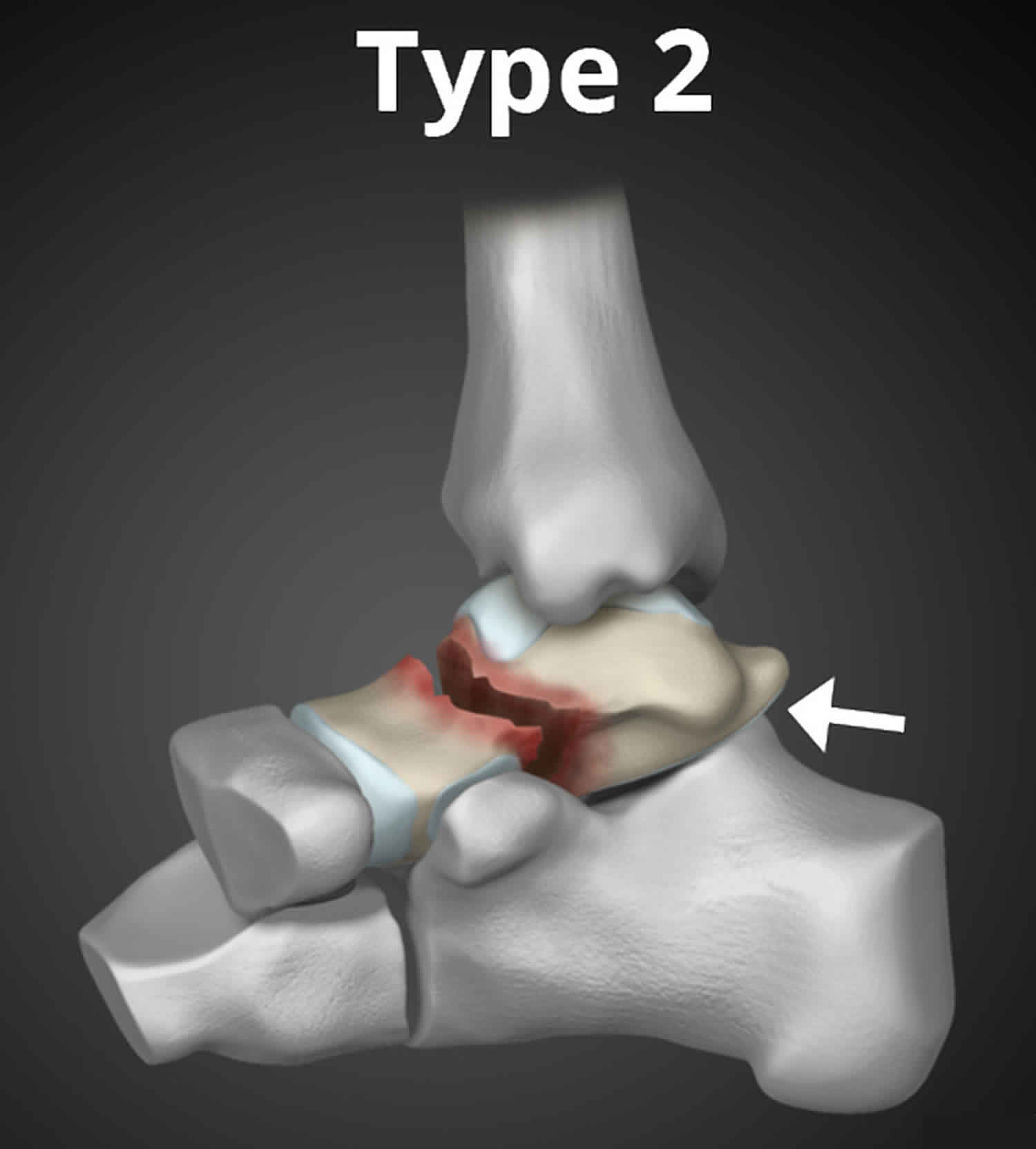


If you get good treatment and you follow your doctor’s advice during your recovery, you should eventually be able to enjoy the activities you once did prior to your injury. In many cases, though, blood flow resumes and the prognosis is a healthy one. In serious cases, when the blood vessels don’t recover, bone cells die and the ankle can collapse. The bone can become damaged when healthy blood flow to the broken bone is disrupted by injury. Vascular supply to the talus arises from three arteries: posterior tibial, dorsalis pedis and perforating peroneal arteries. Evaluation of the lateral process of the talus is best on AP radiographs of the ankle. The other complication is avascular necrosis. Fracture of the lateral process has been termed snowboarder’s fracture and is commonly missed on initial radiographs. If the arthritis is serious, you may need surgery to treat the cartilage and stabilize the ankle. In many cases, it’s minor and more of a nuisance than a problem that interferes with your daily activities. Damage to the cartilage in the ankle joint can develop into arthritis down the road, even if the talus fracture heals properly. If your talus fracture is treated promptly and effectively, there should be no long-term complications. The bone may also be drilled into to promote blood vessel growth and healing of the chipped bone. If it doesn’t heal properly, you may need surgery to have the chip removed. If the chip is discovered early, you may be able to have a cast around your ankle for several weeks while the bone heals. A small piece of bone can become separated from the rest of the talus. In some cases, changing an activity, such running on a harder surface or with more incline than you’re used to, can trigger a stress fracture. It usually happens as a result of repetitive actions putting stress on a bone or joint.
Talus fracture treatment crack#
A stress fracture is a small crack or a bruise of the bone. The talus is one of several bones commonly subject to a stress fracture in the foot. In addition to those fractures, you may also break your talus in other ways. The risk of infection is higher with these injuries. Pins or screws may be needed, as well as treatment of the damaged muscles and other tissue. Surgery to treat an open talus fracture often involves much more than lining up the broken pieces of bone. Muscles, tendons, ligaments, and nerves may also be injured. If a piece of broken bone pierces the skin, it’s considered an open or compound fracture. This is the most severe type of fracture. Surgery is typically required to get the broken parts of the talus to line up correctly again. Highly displaced fractures are considered to be unstable. Displaced (unstable) fractureĪny time a bone moves out of its normal position, it’s called a displaced fracture. The break can usually heal without surgery. The fractured ends of the bone are still basically lined up properly. In this type of break, the bone is moved only slightly out of place. There are three main classifications: Minimally displaced (stable) fracture 9, 2020.Talus fractures are usually classified based on the severity of the injury and how much the bone is moved from its normal position. American Academy of Orthopaedic Surgeons. National Institutes of Health Osteoporosis and Related Bone Diseases National Resource Center. American Orthopaedic Foot & Ankle Society. In: Pfenninger and Fowler's Procedures for Primary Care. Studies also show that healing after a fracture may take longer in people who smoke. Cigarette smoking can increase your risk of developing osteoporosis. Having decreased bone density (osteoporosis) can put you at risk of injuries to your ankle bones. Walking around in a house with too much clutter or too little light may lead to falls and ankle injuries. Keep your home cluttered or poorly lit.Whether you're a trained athlete or someone who's just started exercising, suddenly boosting the frequency or duration of your exercise sessions can increase your risk of a stress fracture. Suddenly increase your activity level.Improper training techniques, such as not warming up and stretching, also can cause ankle injuries. Faulty equipment, such as shoes that are too worn or not properly fitted, can contribute to stress fractures and falls. Use improper technique or sports equipment.The stresses, direct blows and twisting injuries that occur in sports such as basketball, football, gymnastics, tennis and soccer can cause ankle fractures. You may be at higher risk of a broken ankle if you:


 0 kommentar(er)
0 kommentar(er)
